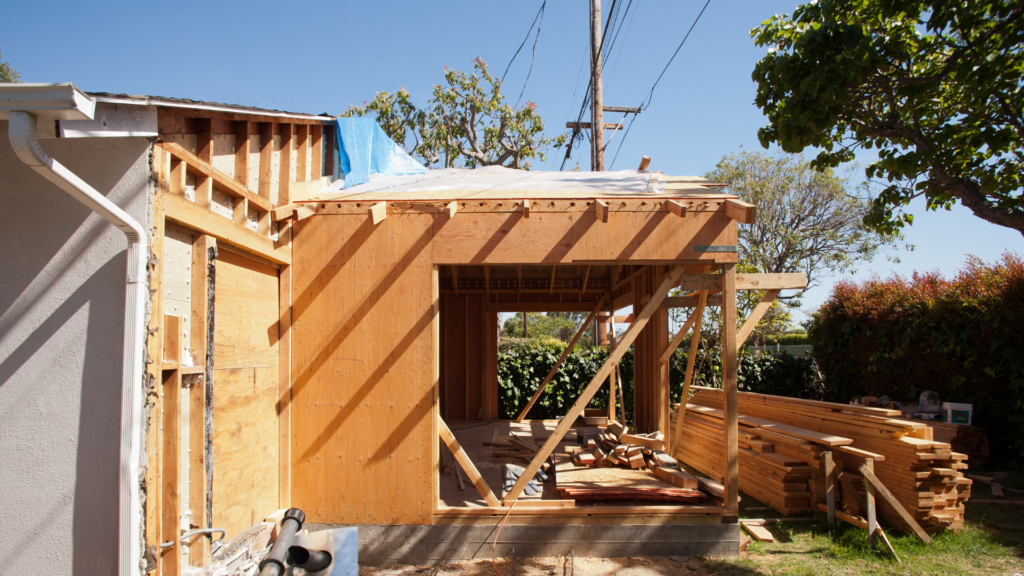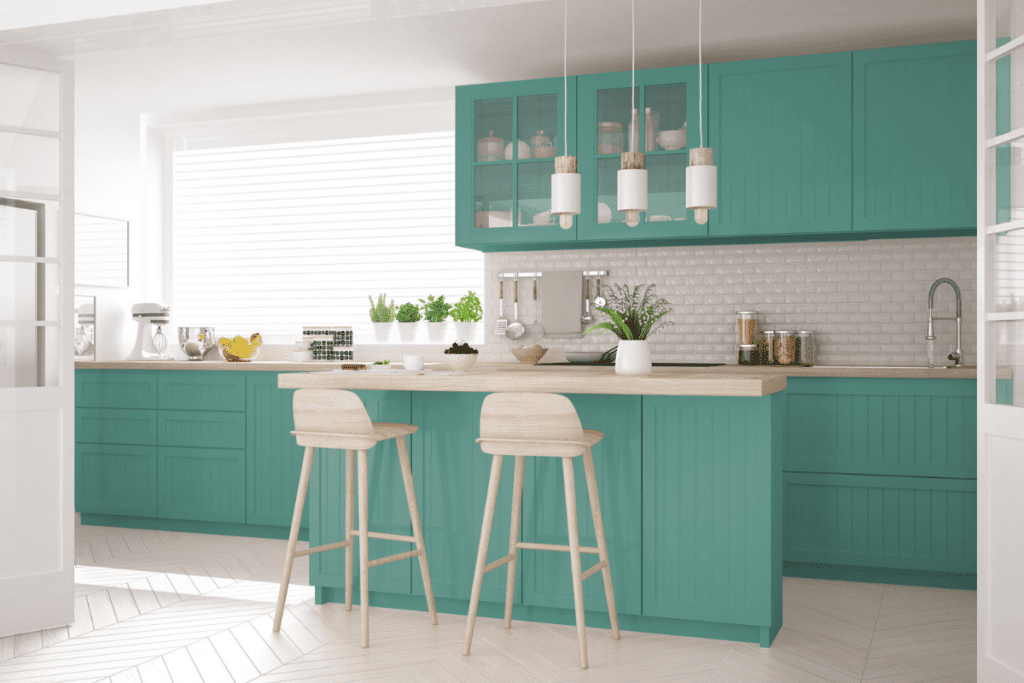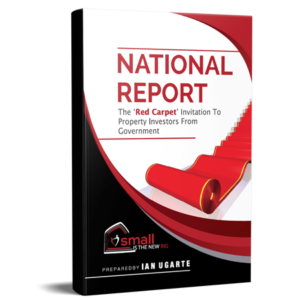The property market is booming and there’s a rush on renovations at the moment. But COVID related building supply shortages are pushing prices up, and in the rush for a lifestyle upgrade or to take advantage of government funding, some renovators are making costly design decisions. I share my top tips for would-be renovators below with Australian Property Investor.
Reality check needed as renovators rush the hardware aisles
By Craig Francis | Australian Property Investor | 14 April 2021
1nspired by reality television shows, prompted by government grants and driven by pandemic lockdowns and restrictions, Australians are renovating as if their homes depended on it.
A staggering four in five first home buyers are planning to renovate their new home, while HomeBuilder has attracted more than 18,000 applications for major renovation projects.
With ideas flowing and money redirected from non-existent holidays, an estimated 5.9 million households are set to undergo renovations this year.
While renovators hope to improve their living conditions and property values, the rush to renovate is laden with potential pitfalls.
Many are facing long delays as busy builders deal with soaring demand and shortages of building supplies and skilled trades, while others will inadvertently lower the value of their property despite significant expenditure and effortI

Housing affordability commentator Ian Ugarte said the glut of reality programs has seen a steady increase in renovating generally, with too many deferring to styles that are at best “quirky” and at worst “just plain ugly.”
“(Such a niche approach) is likely to not only inflate the cost of the renovation, but also significantly limit buyer interest in the property,” he said.
“Property owners expect their investments to appreciate over time, and the best chance they have of making this happen is to ensure makeovers are done to a realistic budget in terms of projected return, and use styles and finishes that are likely to appeal to the majority of buyers.
“The last thing you want to do is limit or restrict your buyer base by introducing features like curved walls and floating beds that might have personal appeal, but are likely to alienate a chunk of possible buyers and potentially blow out your renovation budget in the process,” the Small is the New Big co-founder said.

Mr Ugarte believes this approach helps property owners better understand what their property is worth and how much they will need to spend on a renovation to generate the desired uplift in value once it’s complete.
“For a more accurate understanding of a property’s value, budding renovators should study the sold prices of comparable properties via their preferred real estate site, since that’s where the ‘reality’ occurs.
“Not only that, it’s important to understand why the property is valued at that price by taking into account the key features that might have increased, or decreased, demand for the property; for example, did it have a spacious kitchen or provide off-street parking,” he said.
Mr Ugarte said renovations should lead to an improvement in property value 20 to 25 percent above the amount spent on the renovation.
“In simple terms, that’s like having a property valued at $500,000 and spending $80,000 on a renovation in the expectation that it will be worth about $645,000 once it’s completed,” he said.
Are you experiencing renovation FOMO? Don’t let it lead you to hasty financial decisions. SCROLL DOWN for my tips to prevent over-capitalising on your reno!

Eager home buyers should also be extra cautious of recently renovated properties that could be masking serious pest and structural issues in sellers’ haste to capitalise on soaring property prices.
FOMO driving market
According to Finder’s First Home Buyers Report 2021, which surveyed 1,028 first home buyers, 79 per cent are planning to renovate their new home, with more than one in five planning to renovate immediately after buying. An additional 30 per cent will do so within the first 12 months.
A further 23 per cent will undertake a home makeover within the first five years, followed by five per cent who intend to renovate six or more years down the line.
Finder home loans expert Sarah Megginson said the property boom had instilled a fear of missing out among prospective first home buyers.
“With property prices showing no signs of slowing down, and interest rates at an all-time low, first home buyers are getting creative with different tactics to get into the market.
“In a hot market, it’s not always possible to buy your ideal home, let alone your dream home and what some first home buyers are finding is that their best chance to get on the property ladder is by purchasing a ‘fixer-upper’ in a suitable suburb,” Megginson said.
For city dwellers, 82 per cent of first home buyers intend to renovate sometime down the line, compared with 75 per cent of those living regionally.
On average Australians spent $63,118 per renovation project last year, with kitchens, bathrooms and outdoor areas being the top projects of choice.
A previous Finder survey found 28 per cent of homeowners would add renovation costs to their existing mortgage, or refinance if possible, and 17 per cent would get a personal loan.
SCROLL DOWN TOP RENOVATION BUDGET TIPS!

How to budget for a renovation
- Source multiple quotes. Obtain quotes from at least three different professionals for each major task. This will help you to get the best deal and be able to estimate your overall renovation cost.
- Break it down. At the costing stage, split out your individual costs for each part of the renovation. For instance, if you’re planning to tile a wet area, you should separate the costs for each separate task (e.g. waterproofing, tiles, labour) as this will help you keep tabs on your expenditure.
- Allow for hidden costs. Having a contingency buffer of 10 to 20 per cent of your budget will come in handy for any expected costs or council fees you hadn’t accounted for.
- Factor in deductions. Choosing assets for your renovation that hold higher depreciation deductions can boost your cash flow.





